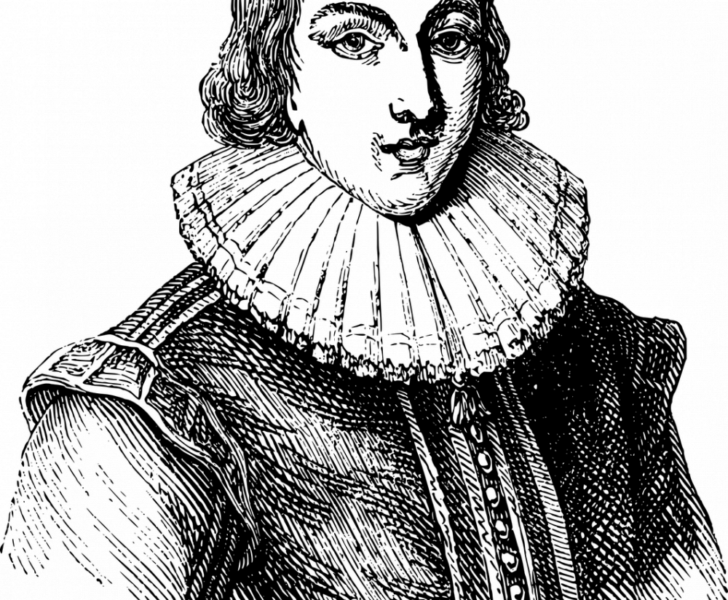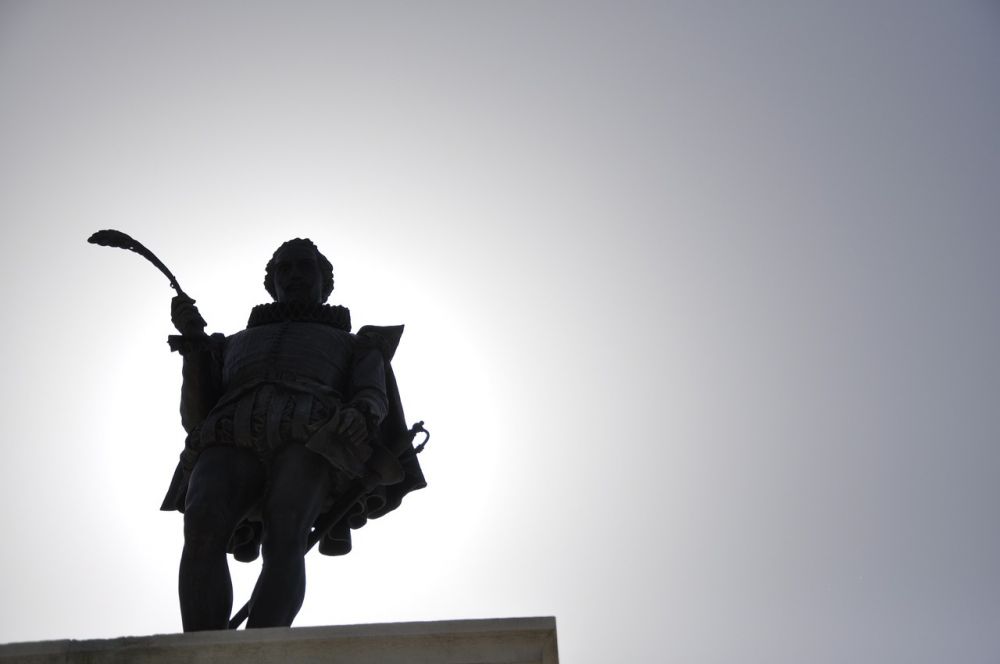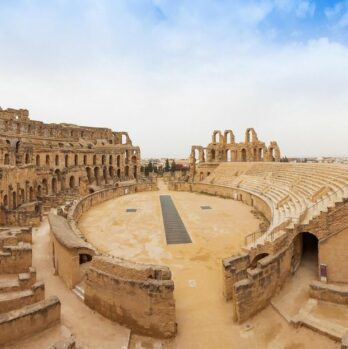Edgar Allan Poes The Raven: A Deep Dive into the Masterpiece

Introduction:
Few works in the history of literature have captured the imagination and stirred the emotions as profoundly as Edgar Allan Poe’s “The Raven.” First published in 1845, this haunting and introspective poem has become an iconic piece of American literature. In this article, we will explore the significance of “The Raven,” its historical development, and why it continues to resonate with audiences today.
What You Need to Know about “The Raven”:

“The Raven” is a narrative poem that tells the story of a grieving man who is visited by a mysterious talking raven. The poem explores themes of loss, grief, and the descent into madness. It consists of eighteen stanzas, each containing six lines, and follows a strict rhyme scheme and metrical pattern, adding to its musicality and lyrical quality.
The poem’s protagonist, often seen as a reflection of Poe himself, is mourning the loss of his beloved Lenore. The raven appears at the protagonist’s chamber door, offering little solace and increasing his torment. As the poem progresses, the raven’s repetitive response of “nevermore” becomes a chilling reminder of the protagonist’s inability to find solace or escape his grief.
Historical Development of “The Raven”:
Upon its publication, “The Raven” captured the public’s imagination and brought Poe both critical acclaim and financial success. Its popularity soared, with readers and audiences drawn to its gothic atmosphere and haunting portrayal of the human psyche.
Over time, “The Raven” has remained a prominent fixture in literature and has influenced countless other works. Its impact can be seen in modern poetry, music, and popular culture. The poem’s dark themes and atmospheric nature have become synonymous with Poe’s style and have cemented his reputation as a master of macabre storytelling.
The poem’s legacy is not just limited to its influence on subsequent artists, but also in its enduring popularity with readers. Its timeless exploration of grief and the human condition continues to resonate with audiences across generations. The Raven’s brooding atmosphere, vivid imagery, and poetic rhythm make it an enduring masterpiece.
Structuring the Text for Featured Snippets:
1. Introduction:
– Introduce the significance of “The Raven” and its enduring appeal .
2. “The Raven” – A Brief Overview:
– Summarize the plot and main themes of the poem.
3. Historical Development:
– Discuss the initial reception and popularity of “The Raven.”
– Mention its influence on later works and its lasting impact on literature.
4. Themes and Symbolism in “The Raven”:
– Explore the themes of loss, grief, and madness in the poem.
– Analyze the symbolism of the raven and its significance.
5. Poetic Techniques and Structure:
– Discuss Poe’s use of rhyme, meter, and repetition in creating the poem’s musicality.
– Examine the impact of these techniques on the poem’s overall effect.
6. Legacy and Influence of “The Raven”:
– Discuss the poem’s influence on subsequent artists and its cultural significance.
– Highlight its continued popularity and relevance in contemporary times.
Conclusion:
“The Raven” stands as a testament to Edgar Allan Poe’s genius and continues to captivate readers with its evocative imagery and exploration of the human condition. As one of the most celebrated poems in American literature, its enduring legacy inspires artists of all forms and resonates with audiences across the globe. Through its melancholic beauty and intricate storytelling, “The Raven” remains a timeless masterpiece.











